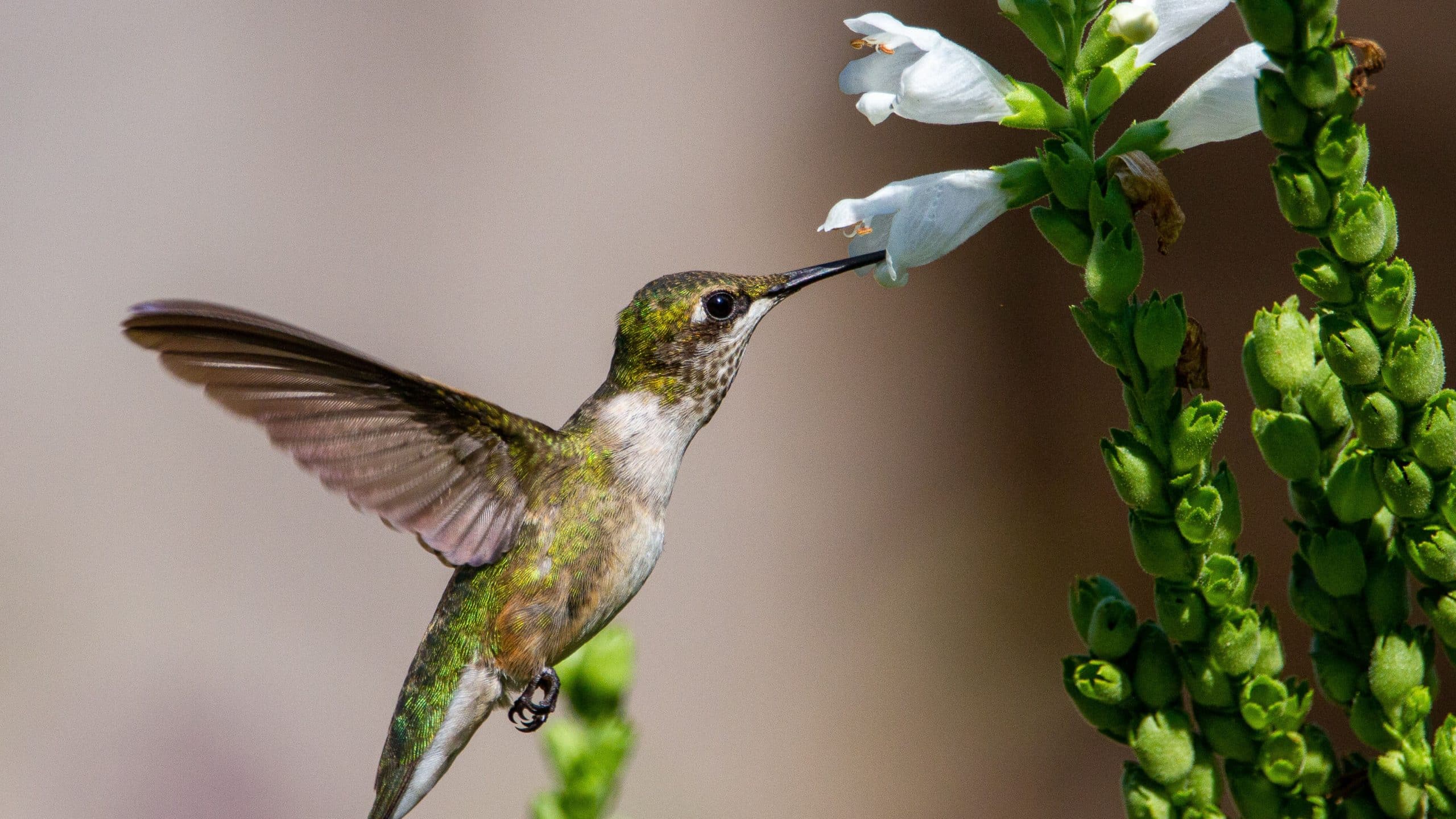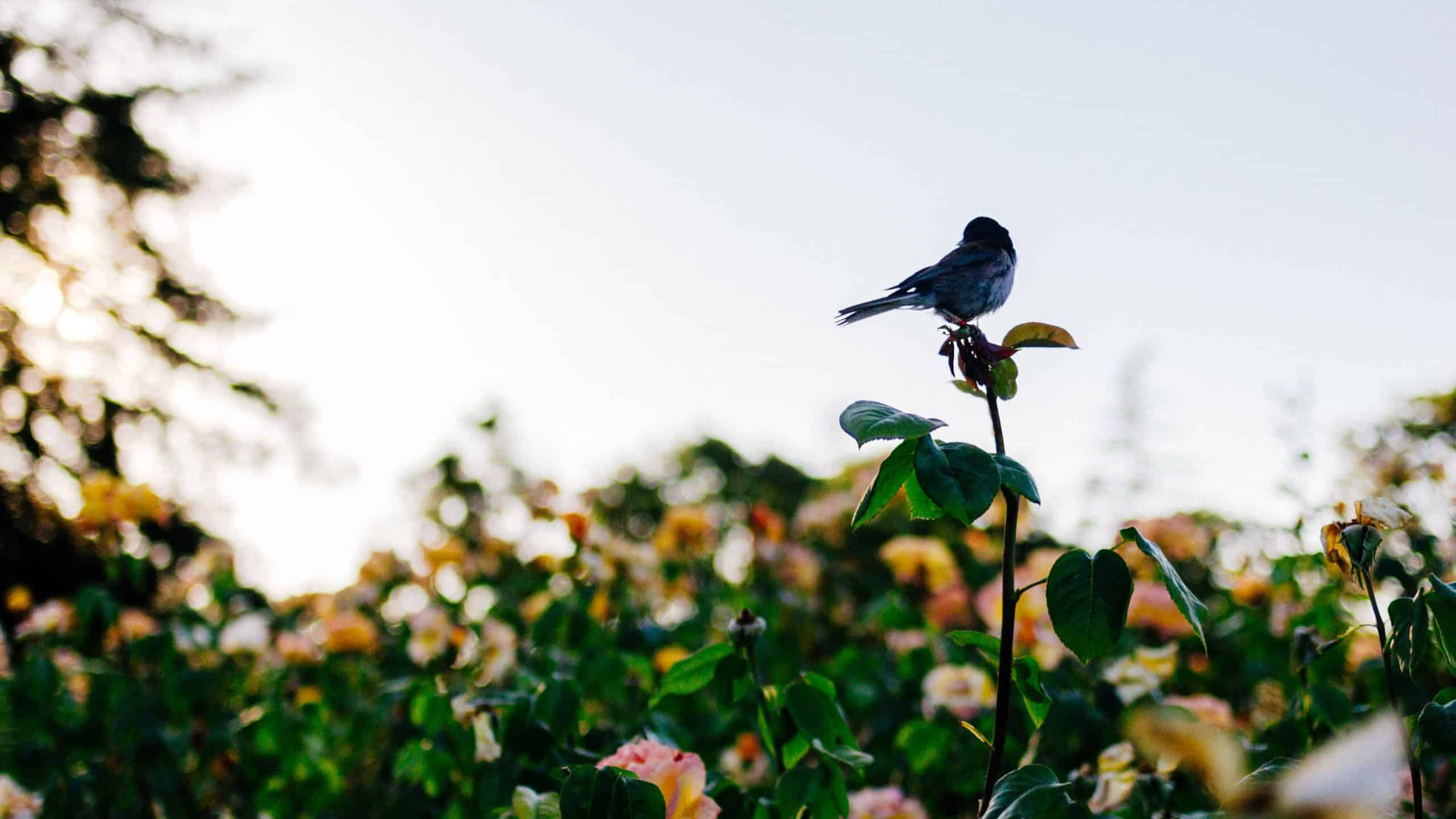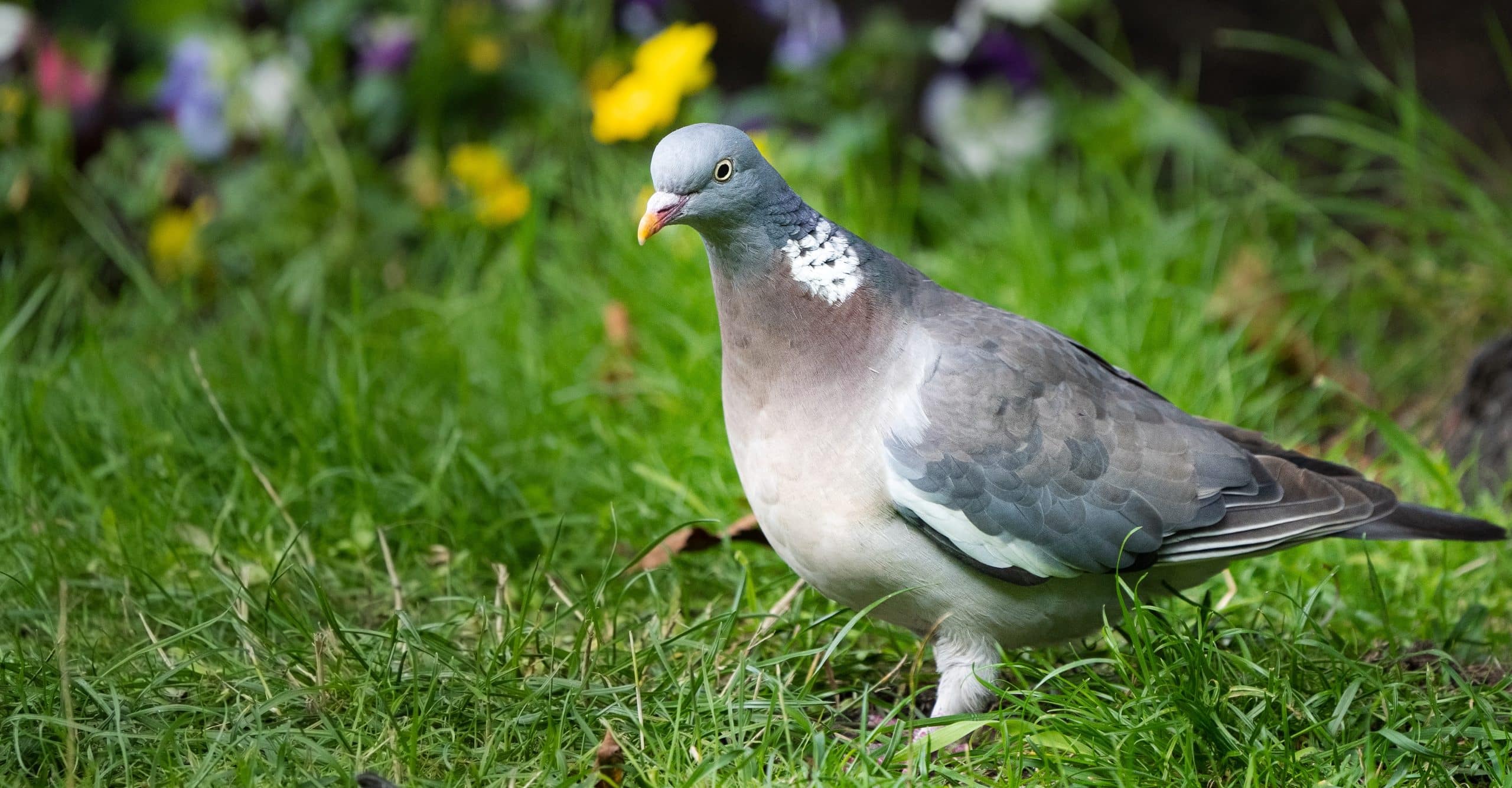Table of Contents
When folks hear about birds frequenting gardens, it’s not unusual for most to think of chirping birds adding charm to the green spaces. But that ain’t always the case when you’re trying to keep birds out of your vegetable patch, preventing them from causing havoc.
Now, keeping birds out of your vegetable garden ain’t no rocket science. With a blend of traditional methods, the use of everyday household items, you can provide effective ways to chase the avian visitors away, without hurting them, all while ensuring that your veggies are safe and sound. Read here to learn how to do it.
Utilizing Garden Netting for Bird Protection
You’ve got a couple of tricks up your sleeve now. Among them, garden netting is one smart move everybody’s making. But you must be wise about it! It’s not about randomly draping a net over your plants. Invest in high-quality, UV resistant netting for one.
You want to create barriers that keep the birds out while not preventing helpful bugs, like them honeybees, from doing their pollination job. It’s essential to keep your netting pulled taut, less inviting for our flighty visitors to play twister and end up hurting themselves.
Advantages of Garden Netting in Bird Deterrence
- Crop protection: The primary advantage of garden netting is its ability to safeguard your crops from birds that may otherwise feed on them. Netting creates a physical barrier that prevents birds from accessing your crops, helping to ensure safety of your plants.
- Versatility: Garden netting comes in various sizes, shapes, and materials, making it suitable for a wide range of garden setups. You can find netting that is tailored to fit different types of plants and structures, including trees, shrubs, raised beds, and even entire garden plots.
- Customizable: you can adjust the size and shape of the netting to cover the areas that require protection the most, depending on the needs. This level of customization allows you to target specific crops or vulnerable spots.
- Long-term solution: Once properly installed, garden netting can provide long-lasting protection. Quality netting materials are durable and resistant to weather conditions, ensuring that they remain effective season after season.
- Minimal impact on plant growth: this netting is designed to allow sunlight, air, and water to penetrate while keeping birds out. Your plants can continue to receive the necessary nutrients and environmental conditions for healthy growth, while protected.
- Easy installation: this netting is easy to install, especially when you follow the manufacturer’s instructions or seek guidance from gardening resources. You will not need specialized tools or extensive technical knowledge, making it accessible for gardeners of varying skill levels.

Effective Ways of Using Chicken Wire in Your Garden
“Chicken wire” at first might make you think “how is chicken related to my garden situation?”. Relax, I ain’t talking about letting chickens roam around your garden. Chicken wire is nothing but a simple yet effective tool to keep your garden safe.
Imagine pinning it to the ground over your freshly sown seeds or planted tubers. Saves them from all that scratching and pecking at the soil, doesn’t it? Here’s the twist, as your seedlings start to grow, just lift those wires on stakes for additional protection and let your young plants breathe easily.
The Benefits of Chicken Wire
Chicken wire offers a versatile solution for protecting your newly-planted seeds or freshly-sown tubers. The wire is also durable, no bird can break through this line of defense. In addition, installation is straightforward, just nail the wire down preventing those beaks and claws from turning your garden into a mess. The fun part? As your garden grows, simply elevate the wire.
Defending Your Garden Crops With Fleeces
When the temperature takes a nosedive, even your robust leafy greens might get the chills. In a nutshell, garden fleeces come in pretty handy in such harsh cold weather conditions. They not just protect crops from frosts but make your greens weatherproof, keeping them fresh and making sure they live to taste another salad dressing. The beauty of garden fleeces goes beyond those frosty times; they can be your green’s armor year-round to shield from those hungry beaks.
How Garden Fleeces Can Help
You may not be born with a green thumb, but with some well-placed garden fleece, you’ll be strutting your stuff like a true gardener. You don’t need to be a virtuoso with a watering can to benefit from garden fleece. You just need to know when to roll it out and when to roll it back. With a garden fleece strategically spread, you can not only protect your harvest but also gain some confidence in your gardening abilities.

The Use of Reflective Items in Bird Deterrence
Sometimes, the best defense is a bit of trickery, especially when it comes to deterring birds from your garden. Reflective items can mimic a predator’s eye, creating an illusion that deters birds. Birds being birds, they hate surprises. A hint of glinting light bouncing off reflective surfaces will throw them off course.
Visual deterrents aren’t just about going shiny; they need to have an element of movement to effectively give the birds an impression of a predator. The wind plays your ally here, making those reflective deterrents sway and spin thus sending the intruding birds packing.
Reflective Tape and Other Reflective Items
Reflective tape is a staple item in any bird-deterrence toolkit. When it shimmers and swings in the wind, those short-lived bursts of bright light are as inviting to birds as a porcupine is to a balloon convention. Equally as effective are those rejected CDs lying around in your home.
Other reflective items that could act as efficient adversaries against aerial attacks include pinwheels, mirrors, and even flashy aluminum foil. Just remember the rules – place it in sunlight, catch the wind, and repel the birds. The garden becomes fully yours, not shared with unwanted winged intruders.
Wind Chimes as a Means Of Bird Deterrence
Wind chimes have been serenading our ears with their tranquil sounds for ages. But unbeknownst to many, they could also play a bit of scarecrow in your garden. Yup, you got it. Wind chimes can give those pesky birds a scare and qualify as effective bird deterrents. The sudden sound and movement of the chimes makes the birds think twice about hosting a garden party in your green patch.Careful placement is important here.
How Wind Chimes Keep Birds Away
- Auditory disturbance: Wind chimes produce tinkling sounds when they move in the wind. These sounds can be unfamiliar and potentially unsettling to birds. Birds rely heavily on their sense of hearing to detect predators and locate resources. Therefore, the unexpected and unfamiliar sounds created by wind chimes might make them feel uneasy and prompt them to avoid the area.
- Inconsistent noise: Wind chimes produce random and inconsistent noises. This lack of predictability can be disruptive to birds, making them less likely to become accustomed to the sound and, consequently, less likely to settle in the area. Birds are known to habituate to repeated stimuli. They will adapt and be comfortable if a deterrent method you use produces the same sound or motion repeatedly. This will render your deterrent method less effective. Wind chimes, with their variable sounds and movements, make it difficult for birds to get used to a consistent pattern.
- Startling movement: Wind chimes not only make noise but also move and sway in response to the wind. The visual movement, combined with the auditory disturbance, will make the birds uncomfortable and avoid your garden.
Utilization of Household Items as Bird Deterrents
Home is the treasure trove where effective bird deterrents hide in plain sight. Sometimes, the most unlikely objects can transform into formidable guardians of your precious crops.
The Role of Plastic Owls and Toy Snakes
Decoy predators – notably plastic owls or toy snakes – can act like bouncers, scaring off winged intruders who are hoping for a tasty snack from your garden.While these deterrents can be extremely effective, the trick lies in the regular relocation of these predator decoys.The same goes to toy snakes; your garden starts looking like a theme park if they lie motionless for too long. Keep them guessing – move those decoys around frequently.

The Use of Terror Eyes Balloons and Painted Balloons
Let us introduce you to another tough guy in the bird deterrent world: the eyes balloon. It’s a big, glowy yellow ball exactly the opposite of a pearl necklace – screams ‘stay away’ to our winged visitors instead of ‘come hither’. These terror eyes balloons efficiently chases birds outta your garden patch quicker than a kid after an ice cream truck.
How Terror Eyes Balloons Work to Deter Birds
This eyes balloon with its menacingly large eyes and bright yellow complexion looks hilarious to us earthbound creatures – but the birds see a different story unfold. You hang this chubby fella in your garden, and even the faintest breeze gets him jiggling about. Now, imagine being a bird, minding your business, when suddenly, a breeze rolls this peering monster in your direction. Your puny insect lunch doesn’t seem as appetizing, now does it?
Changing its place now and then completes the illusion of an unpredictable, moving predator. Buy the balloon ready-made if you’re feeling fancy or show your artsy side by drawing a pair of intimidating eyes on a regular beach ball. Trust me, a bobbin’ yellow ball with resentful eyes works wonders keeping your garden bird-free. It’s a spectacle.
Painting Eyes on Balloons as an Alternate Solution
Looking for a budget friendly, DIY deterrent? Grab a few balloons from your kid’s last birthday bash, a trusty Sharpie, and put those doodling skills to work by sketching menacing eyes on these balloons. A balloon army with glaring eyes looking out for intruders is just what you need to keep the birds on the edge. A bird jury would call this psychological warfare, but we’ll consider it garden diplomacy.
The Importance of Proper Bird Feeder Placement
Think using a bird feeder in your garden is like setting a cheese trap and wondering why mice visit? Hang on a sec – that couldn’t be further from the truth. The right placement of a bird feeder can act as a bait station drawing birds away from your precious vegetable shrubs. The trick is to hang it at a comfortable distance from the plants you’re trying to protect.
Keep Birds Out of the Garden by Strategic Bird Feeder Placement
No one likes the idea of hungry birds turning your garden into their all-you-can-peck buffet. A well-placed bird feeder preoccupies the bird population with seeds and goodies, helping you keep your garden safe. It’s all about outsmarting them instead of scolding them off like ill-behaved children. Site the bird feeder in an open area well away from the crops and watch the birds swap searching for garden bites for easy feeder meals.
Look out for feeders that attract less destructive birds – with a little bit of research, you can design your garden bird club membership. Keep those irksome visitors like mockingbirds at bay, and encourage the friendly ones like bluebirds and nuthatches to take over. Every garden needs friends, even those with feathers!
Isn’t it brilliant being able to watch birds from your garden recliner, knowing they are well-fed and your crops are safe as houses? Implemented right, these techniques can help you enjoy a bird-free garden, without causing any harm to our feathery friends. Now, isn’t that a win-win?
Conclusion: Ensuring a Bird Free Garden
Gardening tips are invaluable for those looking to protect their plants from pesky birds. Step up your defenses, not with a shotgun, but with smart, easy tricks like using garden netting, or the dollar-store hack of terror eyes balloons. Create garden areas that are not bird-friendly using stationary defense tactics.
A garden space laden with push sticks and small twigs might look like a mini-war zone, but hey, these sticks can keep local birds at bay while protecting seedlings and young developing plants. So, folks, let’s stop the feathered freeloaders from raiding your garden plots by deploying effective scare tactics. Nothing wrong with playing a bit of garden defense, now is it?

I’m John, a “seasoned citizen” and an avid gardener. I live in Minnesota, where our weather and growing conditions can be harsh and challenging. Over the years, I have learned a thing or two about being successful in growing things. I have curated these tips, which I think are helpful for the beginning gardener and the seasoned experts. If you have feedback, let me know in the contact form.




